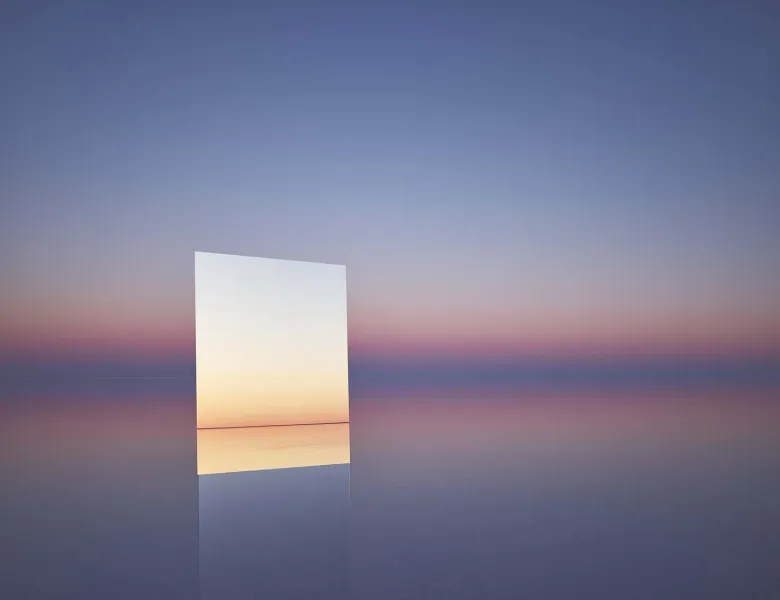Showcasing the drama and commitment of sports
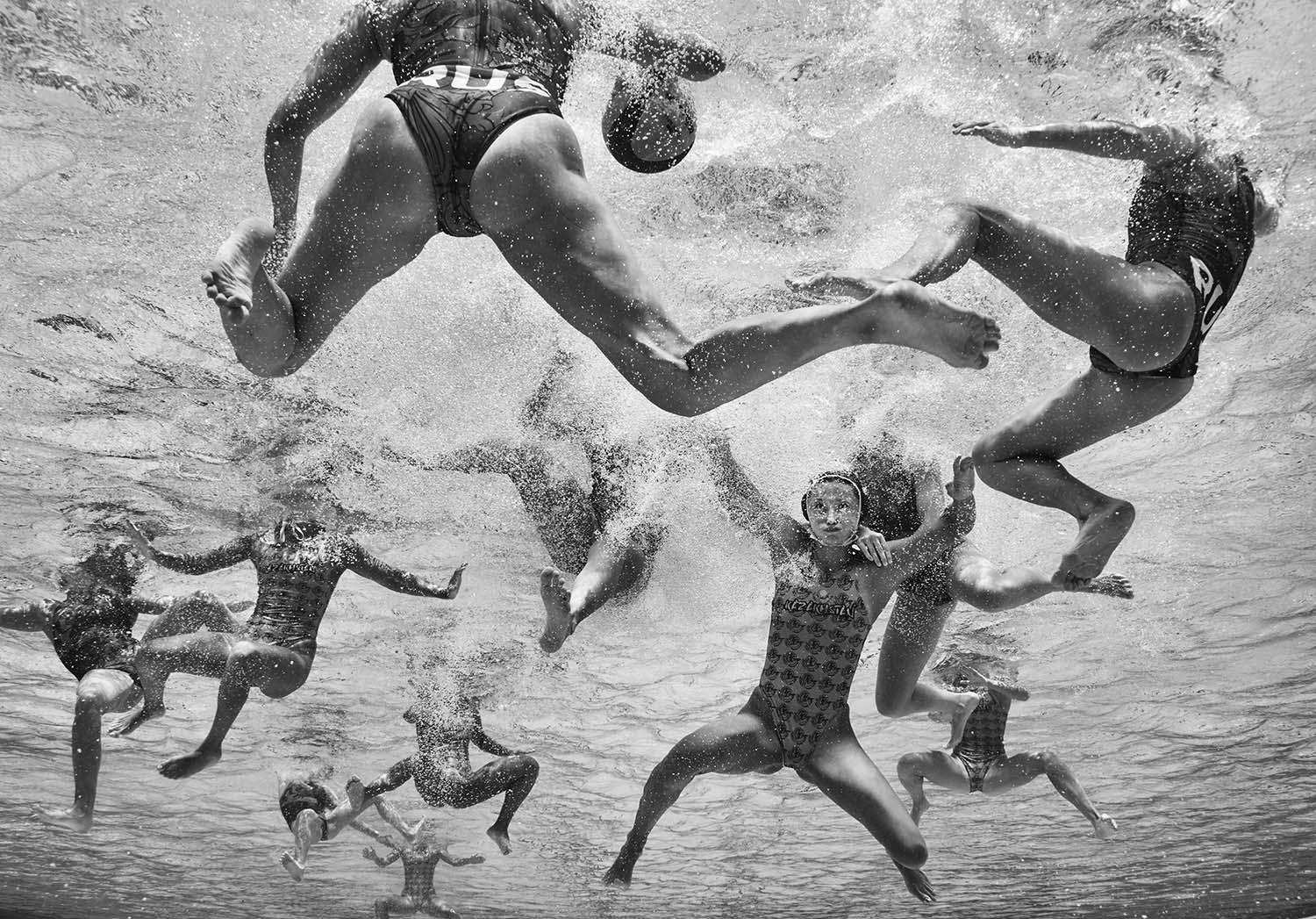
Adam Pretty is a sports and advertising photographer based in Los Angeles, Sydney, Beijing, Tokyo and Munich. He began his career as a news photographer at The Sydney Morning Herald in 1997 and his desire to specialise in sports photography saw him move to Getty Images in 1998.
Adam has photographed nine Olympic Games, and covered assignments around the globe for magazines including Time Magazine, Harpers Bazaar, Sports Illustrated, Life Magazine, and Marie Claire.
Adam's series, 'Waterpolo Warriors' is shortlisted in the Professional sports category of the 2018 Sony World Photography Awards. He has previously been shortlisted in the competition in 2012, 2013 and 2014. 'Waterpolo Warriors' will be exhibited as part of the 2018 Exhibition at Somerset House, London.
We caught up with him while he was at the Winter Olympics in Pyeongchang.
Hi Adam, thanks for chatting. Firstly, please introduce yourself and your photography
I was born in Sydney Australia in 1977, and started working in Sydney in 1995 at the Sydney Morning Herald, then moved to Allsport (now Getty Images) in 1998 where I have been ever since. I started as a news photographer and then made the shift to full-time sports in 1998. Then around 2007 I started doing around 50% commercial/advertising work along with my sports editorial events and so on. I think it has helped keep me relatively fresh in both areas as I believe you need to keep making mistakes to keep learning and growing, and if you get too comfortable that doesn't happen.
When and how did you first discover the medium?
I first discovered photography in art class in primary school when I made a pinhole camera with my dad. I liked it but it didn't really take with me and I was more interested in illustration and painting. Then at work experience in high school I was meant to be working with a newspaper cartoonist who had to travel overseas last minute and the photographer took pity on me sitting in the office and took me out on some jobs and into the darkroom. I was hooked right away. I saved up any money I could and got a job after school to buy camera gear and as my school was pretty good at sports I became interested in sports photography and it also helped that the boys and parents were very interested in purchasing photos of themselves, so it gave me an income doing what I loved and helped to finance the expensive hobby. It was when I was 16 that I saw an exhibition in Sydney from Craig Golding and Tim Clayton that I knew I had to be a sports photographer.
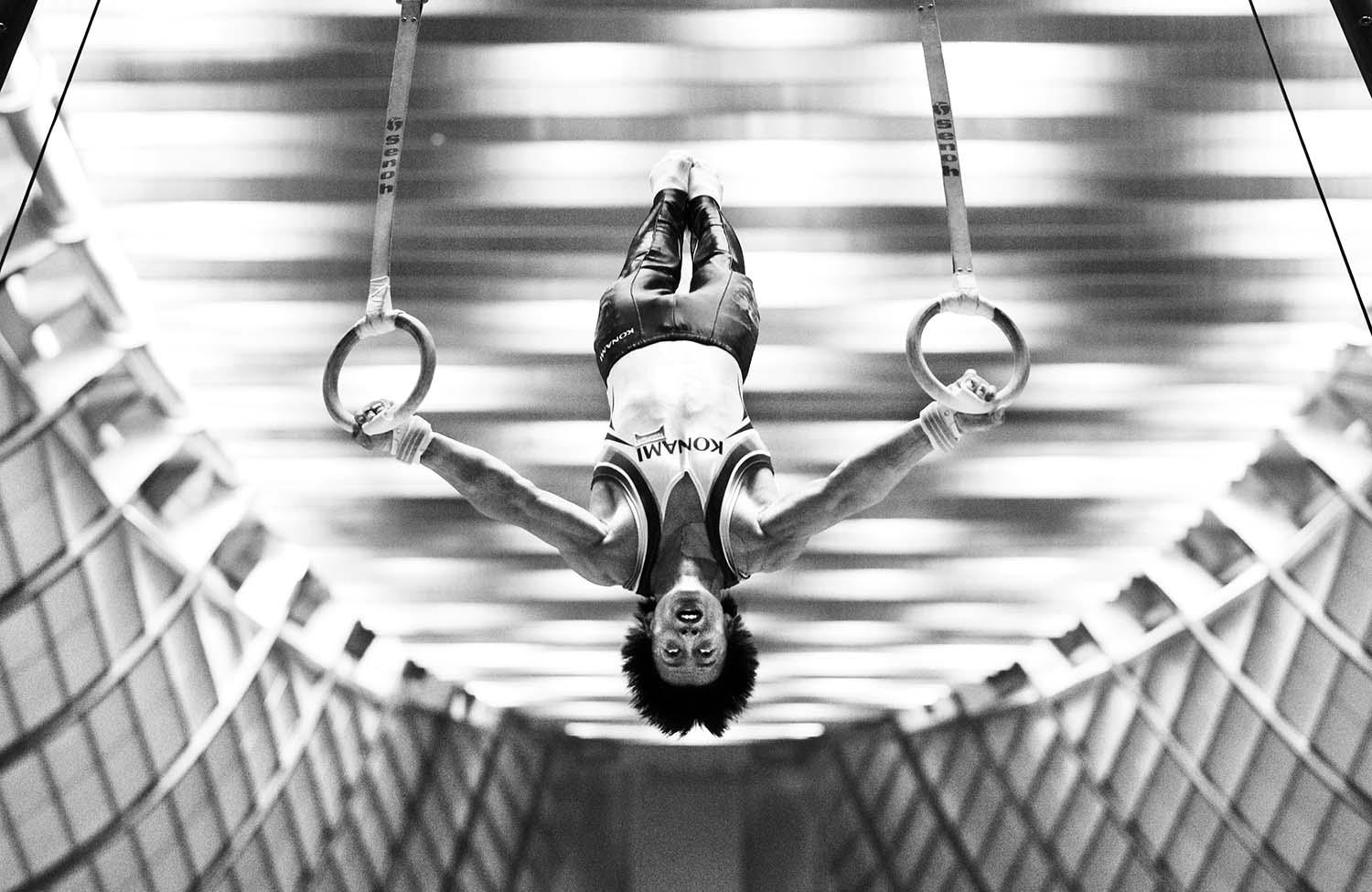
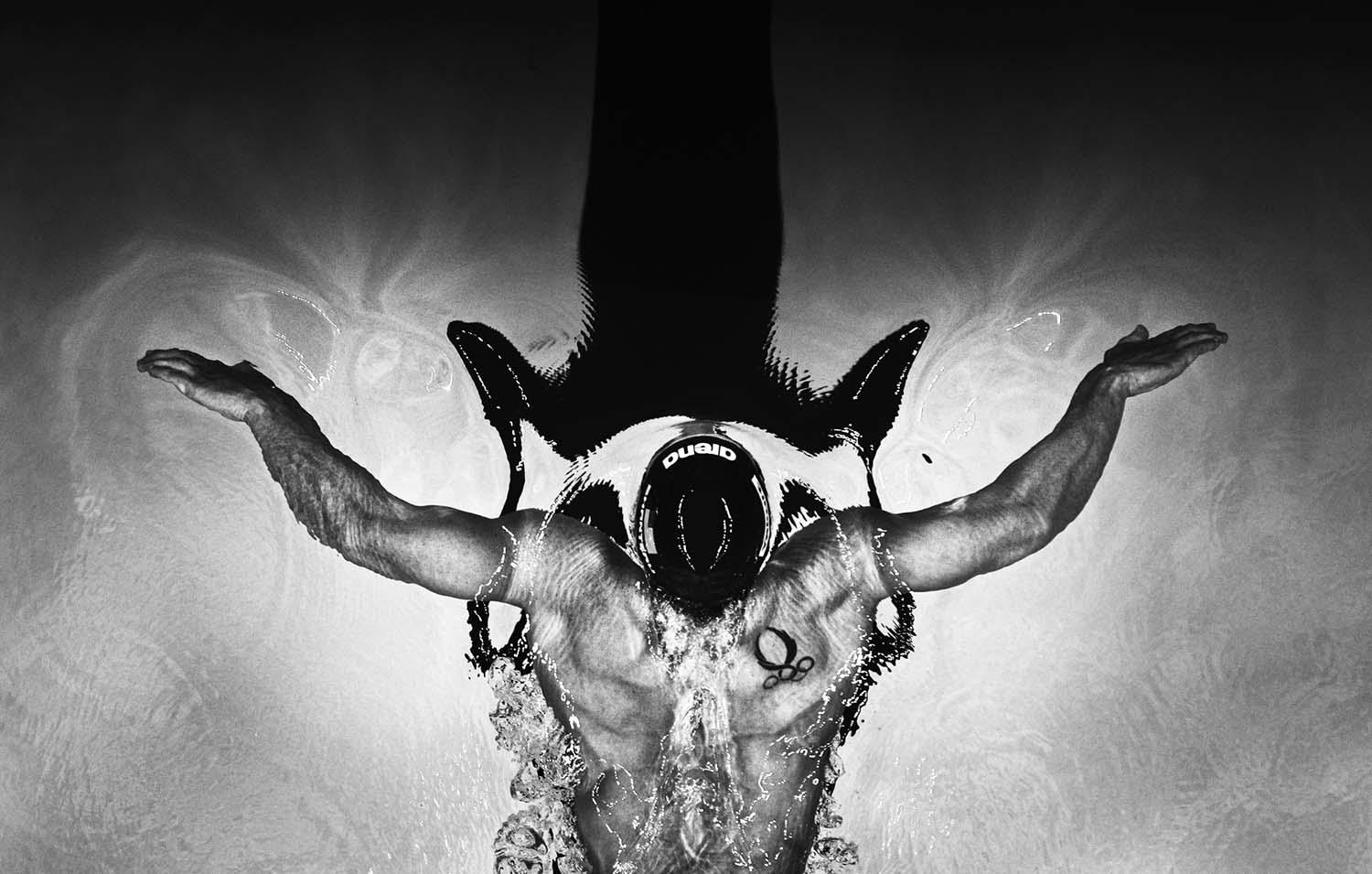
You've been shortlisted a few times in the Sony World Photography Awards. Can you remind us of some of the work that was successful and the ideas behind each project
I have been fortunate a number of times and I think often it is with work from the bigger events like the Olympics or World Swimming Championships. They really allow you to immerse yourself in the sport and the competition for a full 2 or 3 weeks, and also give you a full range of opportunities from action to emotion which can make for more compelling work. I just try and set out to create different and unique images from these events and also with my photography in general. I guess that is the biggest part of my process. I also have a very strict schedule of coverage that I need to provide for Getty Images and our clients so I have to find a way to juggle these commitments - to do what I am getting paid for, and whilst also trying to capture something slightly different. Hopefully the 2 can go hand in hand (and I think I have made my career out of that) as I always found from my earliest experiences in photography that a different picture will often get published or used much better than a picture that everyone else has captured. As for the ideas behind the projects, it is always about trying to capture or illustrate the sports in the most beautiful way possible while showing the drama of the sport and the total commitment of the athletes who are performing.
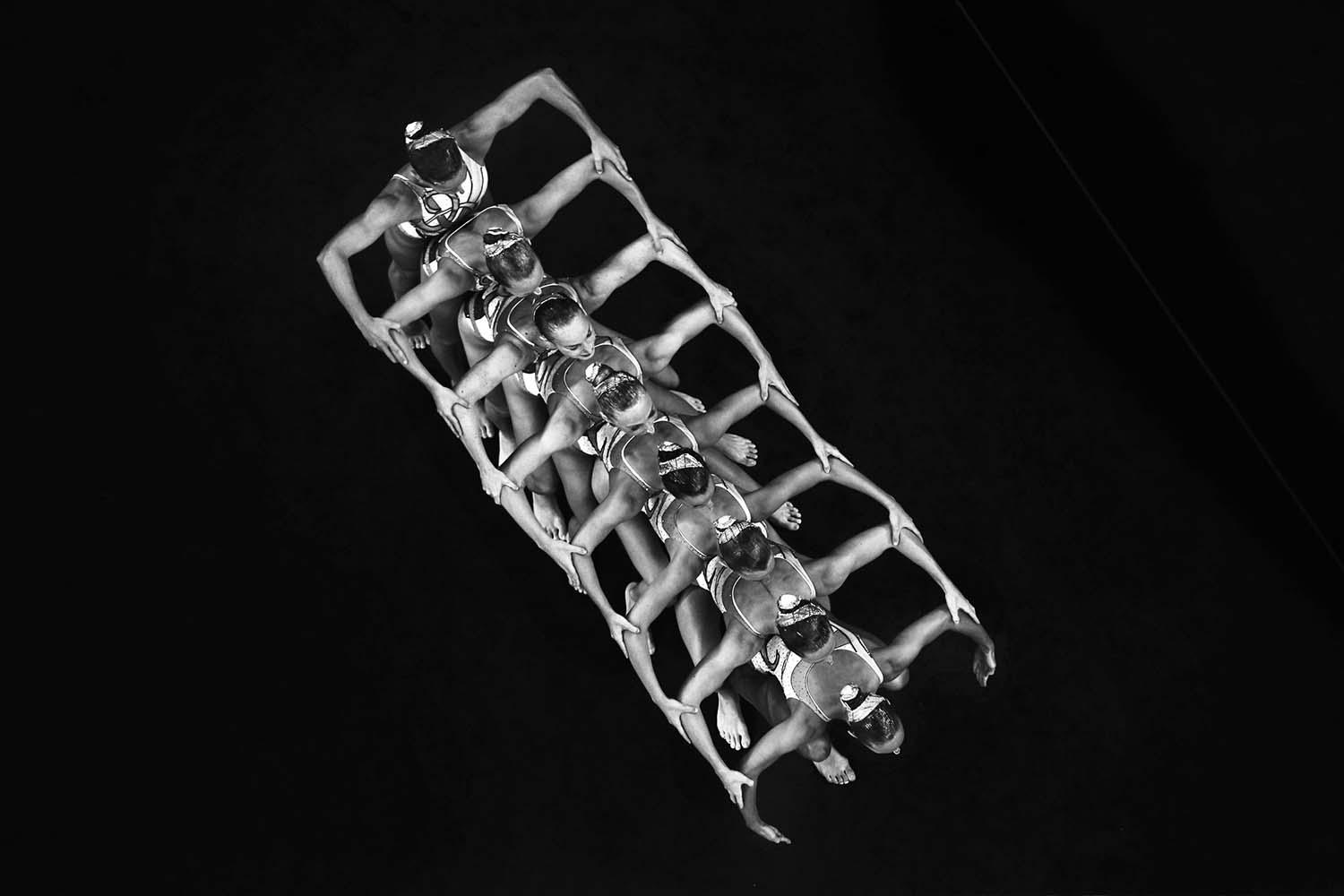
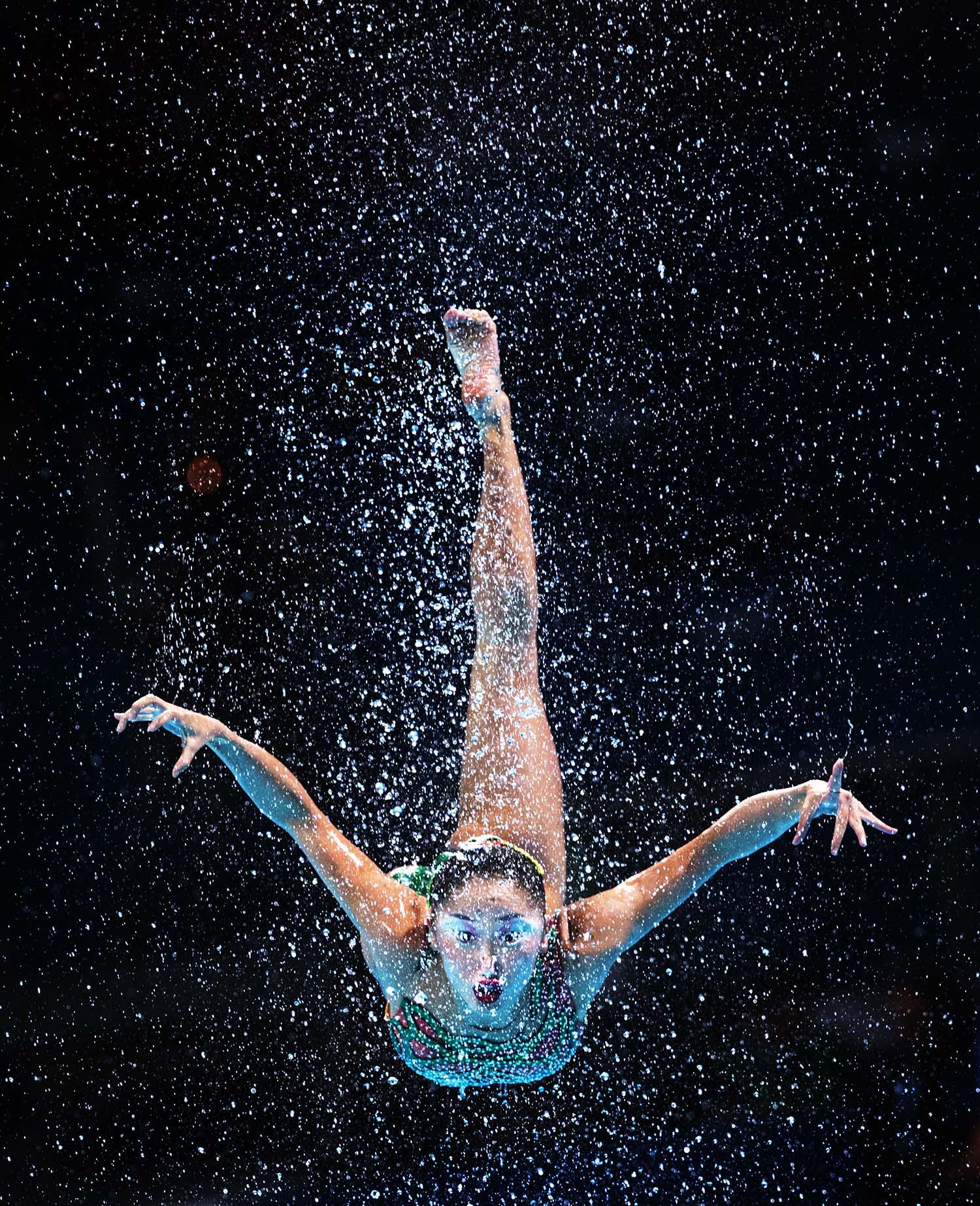
What do you think makes great sports photography stand out from the rest?
For sports photography to be great it needs to have a number of elements, not just one dimensional. Great action, emotion, graphics, lighting, and background, are all equally important and I believe it is much more about the process before taking the pictures that can help you capture a great sports image. Definitely, I always put most thought into the background of my pictures, the canvas on which the action takes place and if you start here with something nice and clean you are already a few steps ahead.
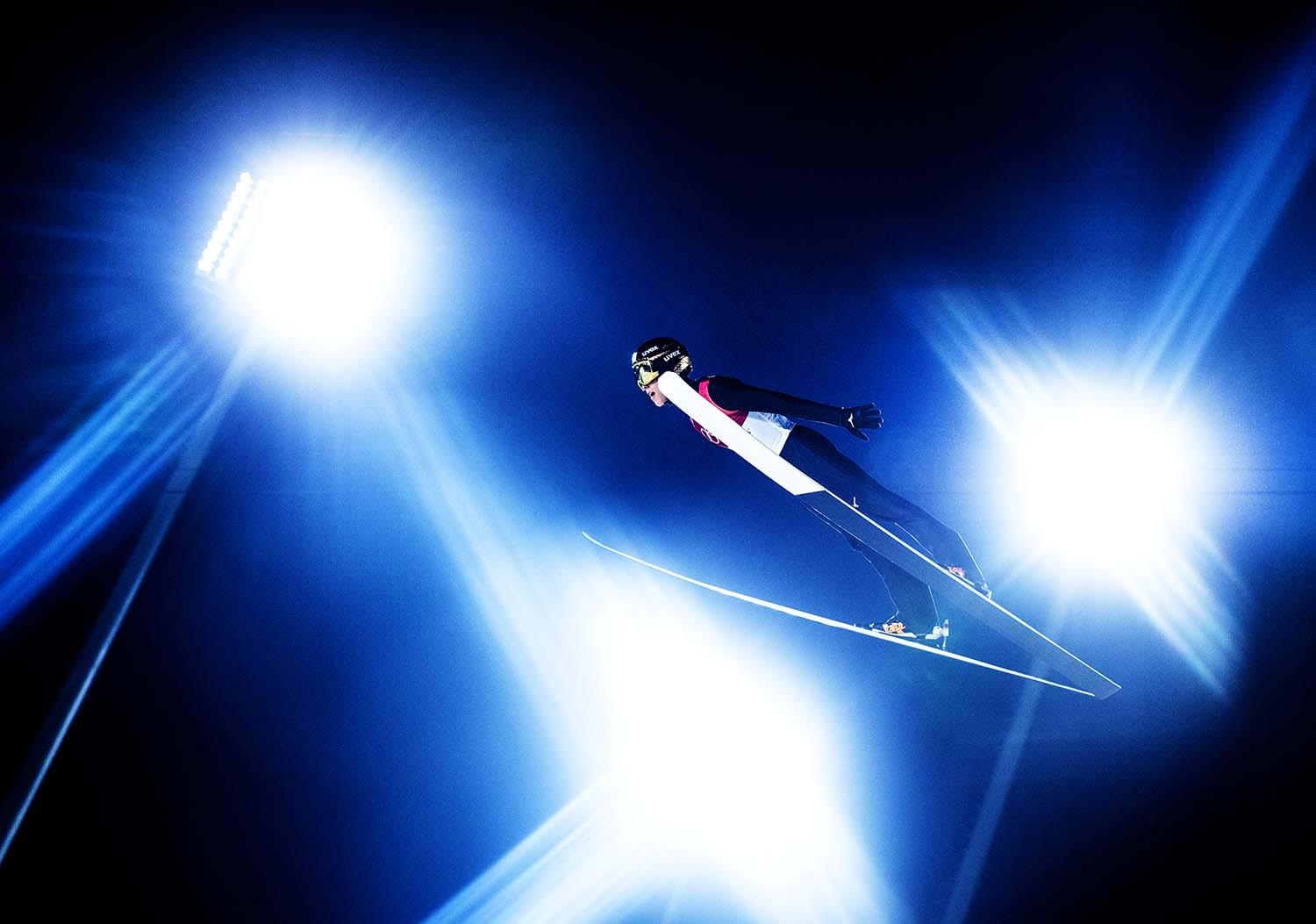
What has been your most memorable shoot or location?
I think my first Olympics in my hometown of Sydney in 2000 was the most memorable for me as it also gave me an amazing platform to launch my career as a full-time sports photographer. Having a home Olympics is probably the best thing for a sports photographer as you have all these ideas you can put into place and you just feel more comfortable as it is your home. I remember working 18 hour days or more for 3 weeks and then on the last day shooting the fireworks and just collapsing at home and not getting out of bed for 1 or 2 weeks! I was just so exhausted and run down.
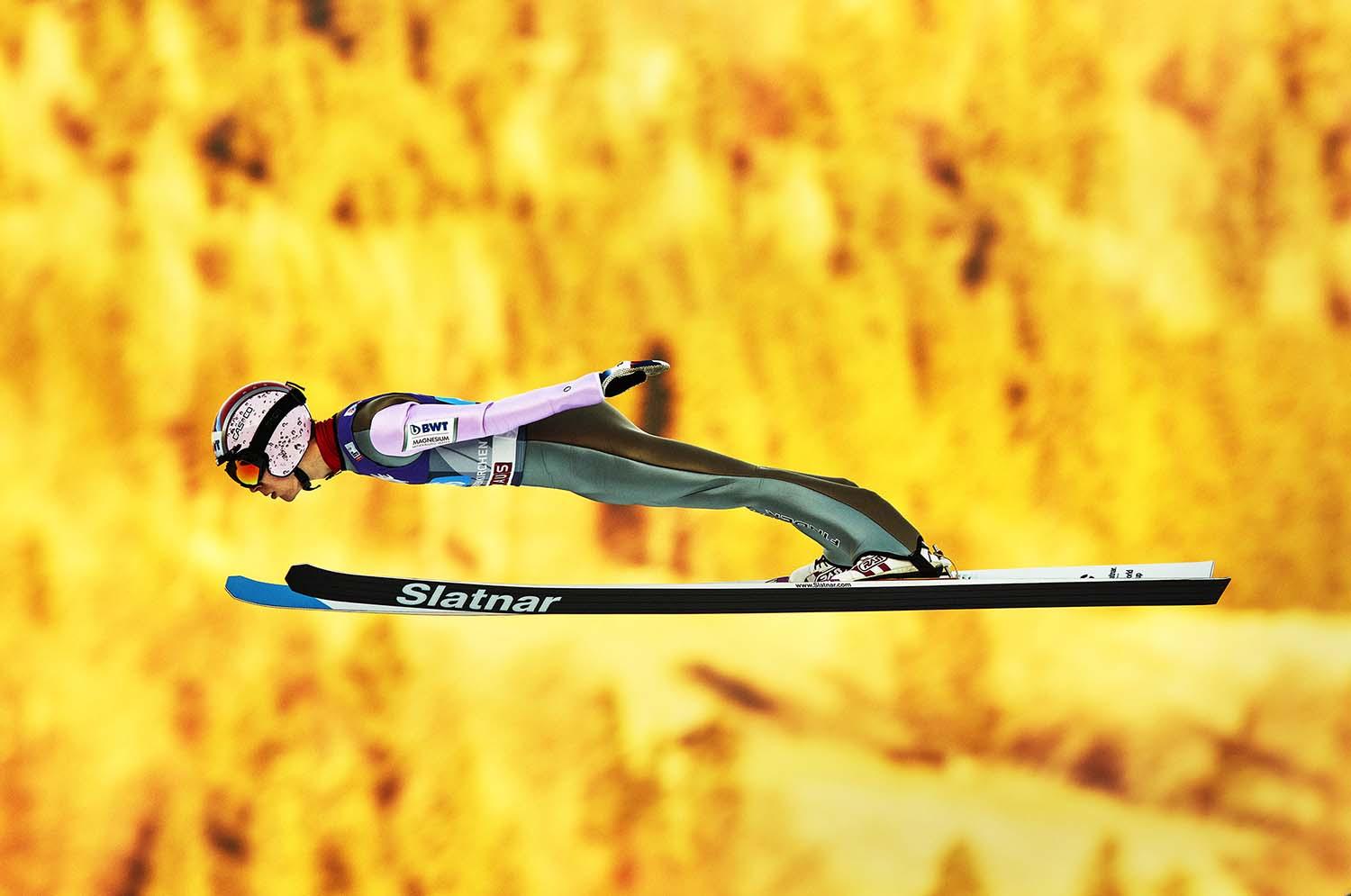
Where in the world are you and what's next for you?
Today I am in Pyeongchang for the Winter Olympics and unfortunately I have tonsillitis so am sitting in bed trying to recover, and then next I am back home in Munich for 1 day then to the USA for 2 weeks for an advertising job.
adampretty.com
worldphoto.org/swpa






